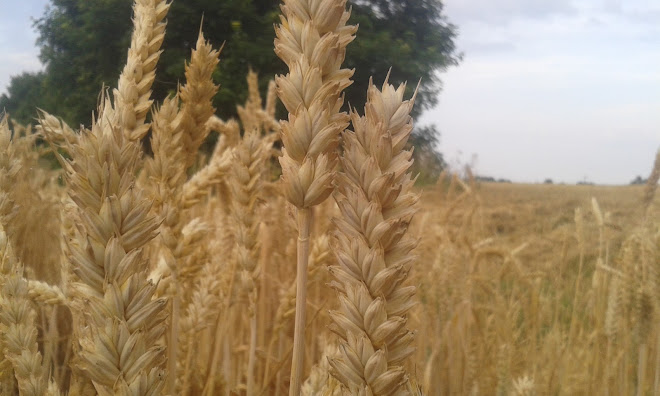Youtube video of the experiment here
You can print your own water cooled heatsink configuration system like this from STL files on.
www.3dmential.com
How is adhesion going?
Pure alu bed?
This time I used a metal sheet on top of the Alu bed, but also on Alu bed or glass, Nylon is big problem when it comes to adhesion and warping.
A thin film of PVA glue helps to start with printing, maybe for 3 or 4 layers, than it peels off anyway, the sheer forces involved in non even heat distribution are unbeliveble, if on glass bed and well glued, it can destroy the glass bed, it simply snaps and shatters even if toughen glass is used.
Metal and Alu simply bend up accordingly or the glue peels off (most of the times glue gives in first).
In such case I am applying severall solutions, one is heated chamber, it helps but not to very large parts of 200-300 mm horizontally and vertically, the sum of forces in such volumes is amazing.
The other one is extra brim, like 25mm all around and underneath, than I brace the brim with metal strips 2 or 3 mm thick and 20 to 25 mm large) clamped at the bed edge with something very strong. Even so sometimes the forces manage to bend up the strips and warp peeling off the brim or shearing it.
On most cases it does the job thou, but when it does not, I add clamping bases.
The solution I use is to design from start (after a few print failures where I observe the most common warping situations for that part) clamping limbs bases all around, extending about 20 mm out of the part with a 10 mm width and 4 mm thickness, they are part of the final print and will be cut off afterwards by hand, so being a solid part of the print, when clamped down manage to keep the part from warping if the bed can stay straight, so when I am using such things I normally place an extra sheet of metal over the bed, 5 to 10 mm thick, and clamp against it to hold them down.
As I said, printing with Nylon and PEEK and PEI is a headache, but taken the apropriate measures, it can be done in your kitchen too.
I immagine them clamping limbs and design them for each part appart according to how it reacts in printing, so they are not one solution fith them all.
However they have a few common traits:
A) long some 20mm large some 10mm and thick some 4 mm to make sure a 20mm large strip of metal can calmp them down for good and they are strong enough to hold the printed part down.
B) they are to be placed on the side that is sitting on the bed,in the thickness of that part having the same "Z" zero with the part touching the bed.
C) they must be solid with the printed part if not the conection will shear while printing.
D) you must experiment with them untill you get the right configuration for each object individually.
E) You must understand 3d design and how to modify STL files if you buy them, I make my own designs so i sort this oput straight into the CAD program (I use FreeCad)
If printing at more than 80C chamber temperature you have to have all electronics out of the chamber or have them high temperature rated (those cost an eye and a kidney).
The cheap option is to design your printer so tat most electronics, sensors and motors are out of the chamber, keeping exposed at high temperature in operation as little of them as possible, for example, an end stop switch closts about 6 cents of a US dollar, but if rated to resist 250C in operation will cost you north of 200 USd, same ratio goes for motors, or anything else.
Iscriviti a:
Commenti sul post (Atom)





Nessun commento:
Posta un commento